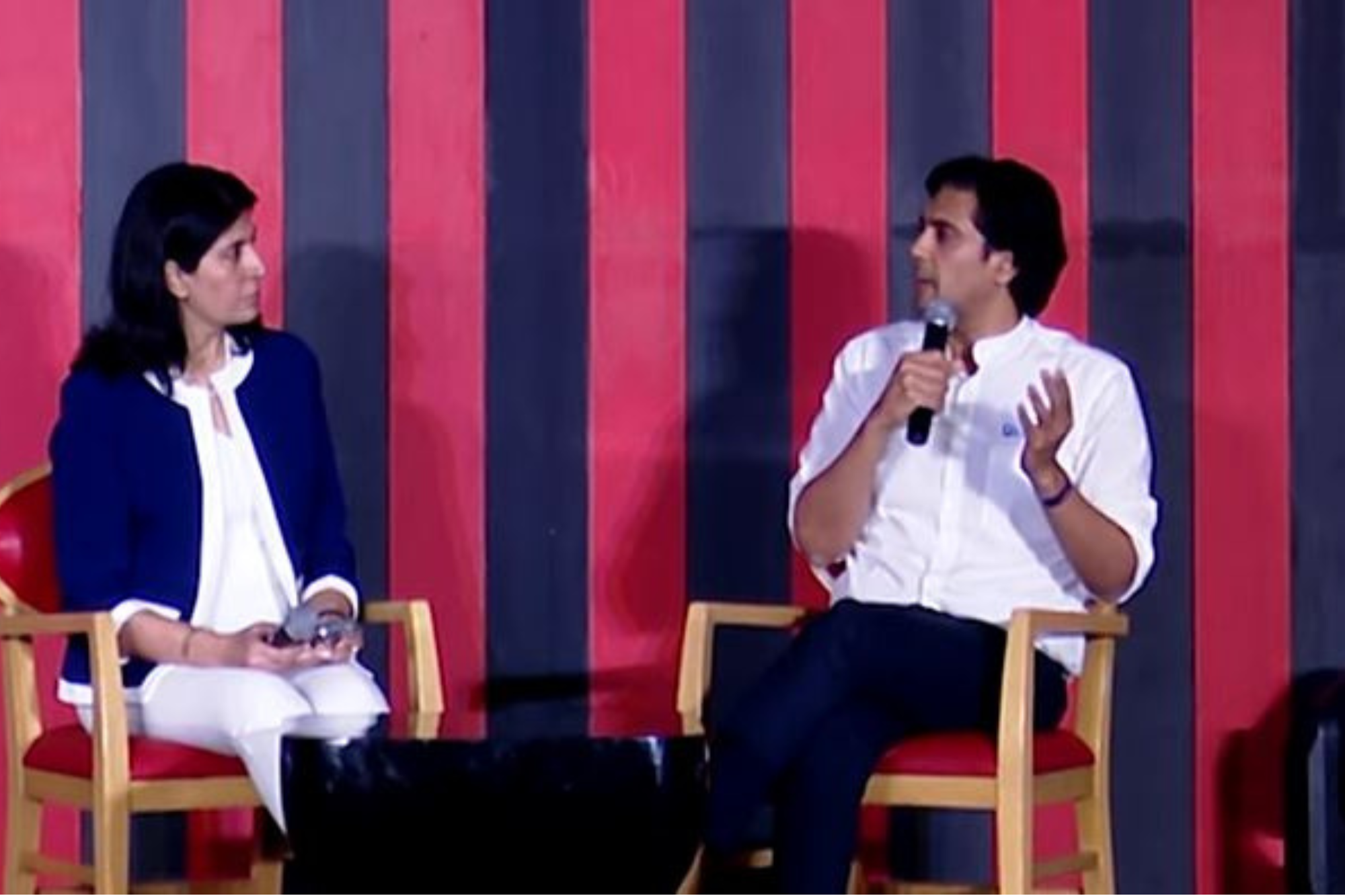Why Chatbots Are Failing to Strike a Conversation Sometimes bots don't understand the context and get dysfunctional when made to answer every query under the sun
By Sandeep Soni •
Opinions expressed by Entrepreneur contributors are their own.
You're reading Entrepreneur India, an international franchise of Entrepreneur Media.

Microsoft stifled its chatbot Tay in March last year after it turned "racist'; in February this year, Facebook's chatbots too, on its messenger platform, 70 per cent of the time failed to "understand users'. And there were few cases in the world where these freaks of artificial intelligence, natural language processing and machine learning technologies wreak inconvenience on consumers.
The Dumb Bots
One of the major reasons why chatbots fail is their inability to understand the context. They simply don't get it if someone is being sarcastic. They can't read between the lines or fail to decipher if customers try to mix two languages or more. More than aiming for convenience, it ends up harming the user experience.
Logistics optimization and field workforce operations software as a service start-up LogiNext ran a chatbot pilot for automating user queries regarding delivery status but it didn't work out because of such reasons.
"If you call the delivery boy to know about your product, he might not pick your call because he would either be driving or busy delivering other shipments. So all these areas where customer queries are more refined, the chatbot wasn't accurate in giving the right answers because the customers used a mix of Hindi and English and words which are not recognizable by the bot," says Dhruvil Sanghvi, Co-Founder and CEO, LogiNext.
The start-up tried two-three other third party bots but the accuracy level was almost similar of around 80 per cent. It used the bot for around six months before withdrawing it around November last year. "There was a risk to the customer service though we wanted to make the life of drivers, delivery boys etc., easier as they are usually on the field. Currently chatbots aren't sophisticated enough to understand the context," adds Sanghvi.
Most of the bots made are in fact not smart, they are as good as how much knowledge and commands their programmer can feed in them. So they respond based on specific inputs given by the user. This is called rule-based approach. But AI enthusiasts believe chatbots would replace apps and websites in near future as conversational or text-based commerce gains ground. Samar Singla, Founder and CEO of auto rickshaw aggregator app Jugnoo, however, feels different.
"People are not ready to do commerce over text. Experience over text can never be as good as app. Also Messenger is just not ready and popular enough in India." But if it is on WhatsApp, people would be more open to using it as it is more popular than Messenger. "It would certainly help in terms of reach if not the experience," adds Singla.
TRYING AND TESTING
Jugnoo deployed a chatbot around a year back for users to book auto-rickshaws but soon realized that there is no action on it. The chatbot did pretty much everything that the app does and it was assumed that users who don't want to download Jugnoo app would use the chatbot.
"I don't know why they stopped using it. Maybe there were few more clicks involved than using the app. On the app, you can have real time feedback but that's not possible while using chatbots. You can request a ride, look for estimated time of arrival of auto but there is no live tracking. So the app experience was not at all the same on chatbot," explains Singla. While Jugnoo does around 30,000 transactions daily on the app, the chatbot processed only 100-200 requests and it continues to do only that much number versus at least a few thousand transactions that Singla had expected.
Similar was the case with Mumbai-based beauty products and services provider Purplle that deployed a Messenger bot around mid last year. The expectation was to increase customer base by giving a great experience via chatbots to customers who don't want Purplle app and then to re-target them when they visit the website. But instead it became a channel for customer grievances. It was pulled off around October.
"We had built it for product search and experience but invariably it happened that people who used chatbot were the ones who had transacted before and probably had a grievance for things like returns etc. The bot was not built to handle that," said Suyash Katyayani, Co-founder and Chief Technology Offier, Purplle. The other reasons why chatbots in specific use cases have failed to deliver is because businesses try to make them jack of all trades rather than master of one.
Trying to make the bot answer every query rather than on a particular area or subject makes it dysfunctional. In many cases, bots may fail to have human intervene into a problem or escalate the issue that it is not able to answer. "It is more about how the chatbot is deployed. Disconnect occurs when businesses put chatbots without thinking through the customer or internal user journey," says Milan Sheth, Leader - Technology Sector, Ernst & Young India.
Moreover letting users know that it is a bot works both ways – it may set the users' expectations correctly that it is not human and hence they may ignore the mistakes or it might leave them absolutely disinterested in talking to a piece of software. "The moment people know that it is a chatbot, half of their interest in continuing the conversation is gone because at a psychological level you found it stupid talking to a computer," says Teja Gudluru, Founder and CEO, UDo – an on-demand online advice and consultation start-up based in Hyderabad.
Gudluru used a third party chatbot in February last year, for his earlier virtual training solutions company CommSure, for around three months and then kicked it out of the system. Nonetheless, chatbots would still make sense for functional activities for e.g. looking for nearby restaurants, flights between two cities, weather etc., instead of evolved transactions like choosing products and adding to cart that's more suited to a browser experience. "The technology is here to stay but it is not mature currently. In next three-five years, we will see lot of industry segments replaced by chatbots," concludes Sanghvi.
(This article was first published in the July issue of Entrepreneur Magazine. To subscribe, click here)












